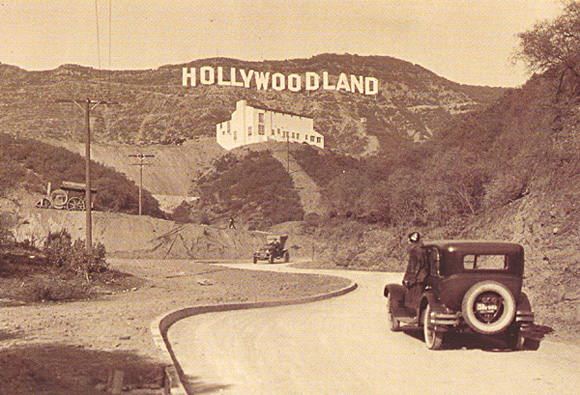Omnispace
Well-Known Member
Imagineer Bob Gurr has a fun and refreshing article about how cars and the love of them has have changed over the decades. A nice break from globalization and janky moldings.
This sketch he did reminds me of the Batmobile. Alex Kerr did the one for TV but this one from the 1940's sure looks like an inspiration. Bob is a great guy and true talent.
http://micechat.com/42676-design-those-were-the-times-no-18-1946-futuristic-cars-arrive/
Great article -- nice to see Bob Gurr's artwork! Of course the vehicles he designed for Disney were first-rate.





